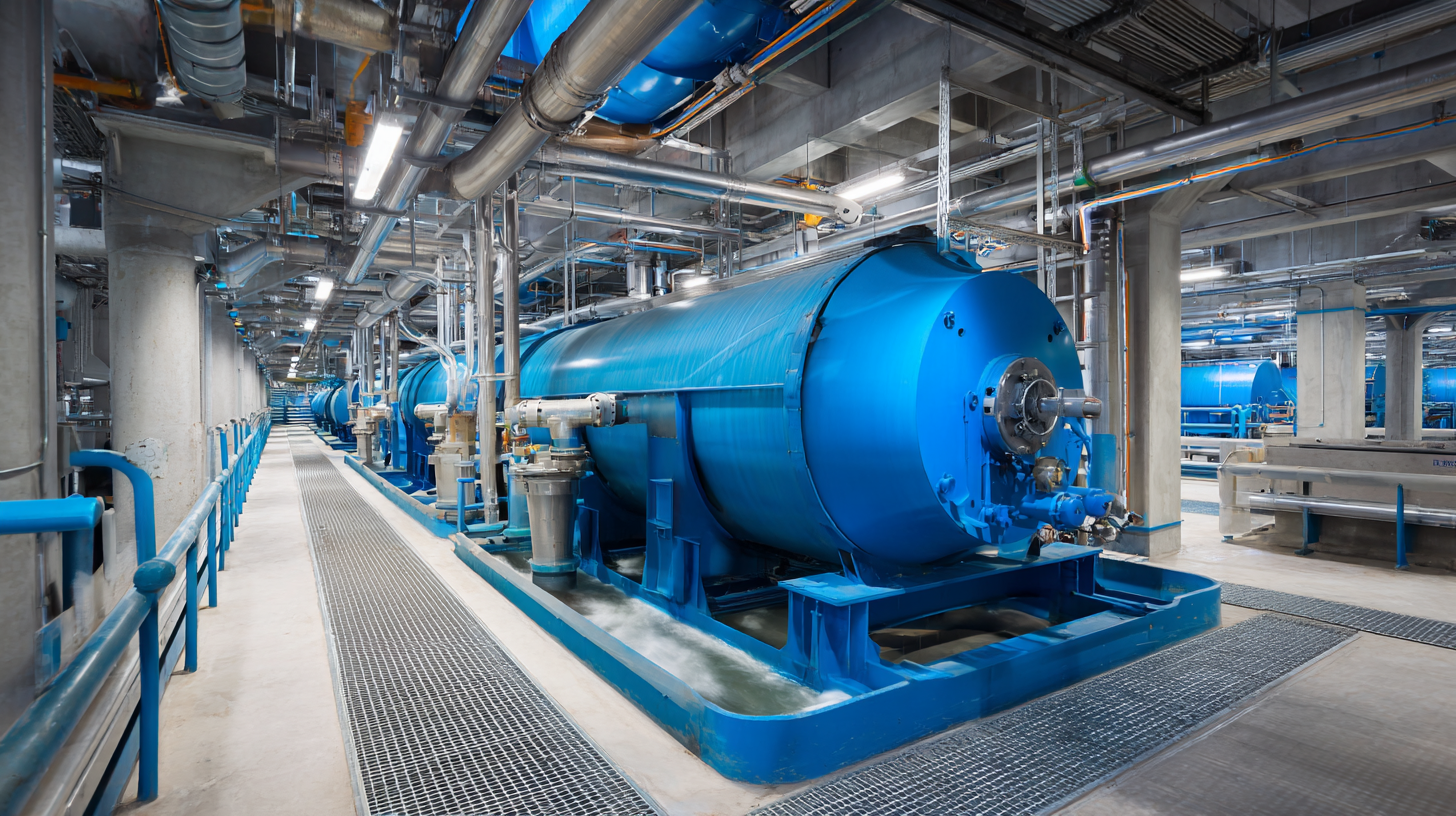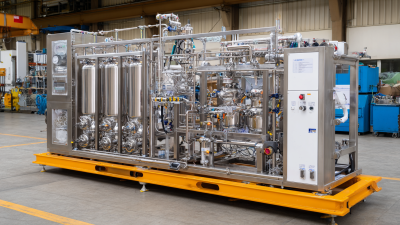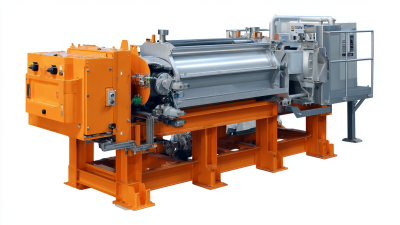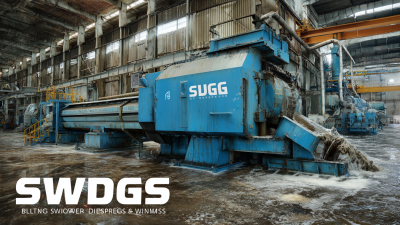 +86 13600513715
+86 13600513715



In the ever-evolving landscape of wastewater treatment, the efficiency of systems is paramount for environmental sustainability and compliance with regulatory standards. The Rotary Drum Filter has emerged as a critical technology in enhancing treatment processes. According to the Water Environment Federation, approximately 90% of industrial wastewater is treated using filtration methods, with rotary filters recognized for their superior solids removal efficiency, often achieving up to 98% removal rates in various applications. Additionally, the global market for rotary drum filters is projected to grow significantly, driven by increasing awareness regarding water conservation and treatment efficiency. This technology not only optimizes the treatment process but also improves operational reliability and reduces maintenance costs. As industries adapt to stringent regulations on effluent quality, understanding how to effectively incorporate and optimize a Rotary Drum Filter becomes essential for achieving excellence in wastewater treatment.
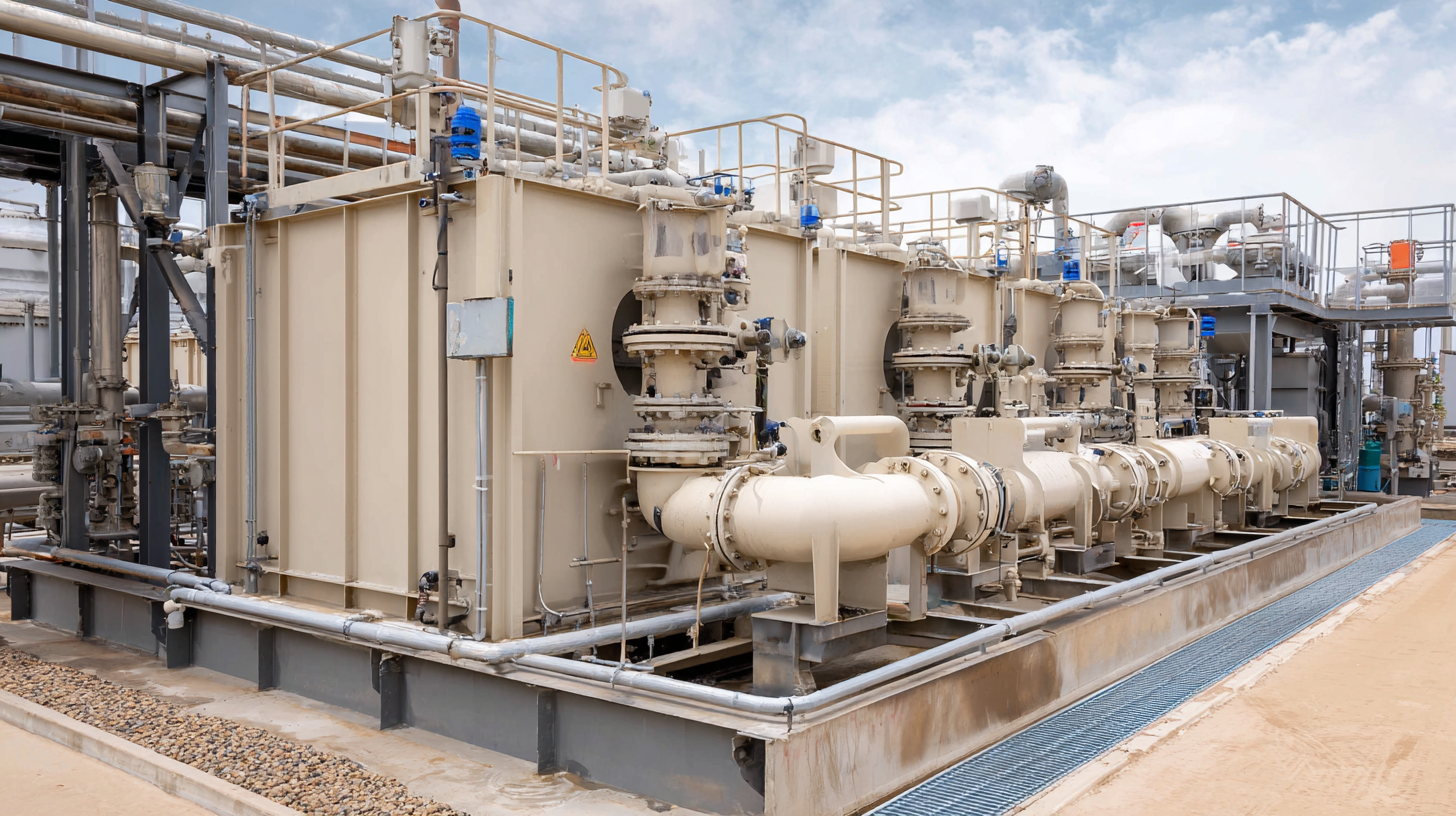
Rotary drum filters are integral components in modern wastewater treatment systems, providing an efficient solution for solid-liquid separation. These filters operate by utilizing a rotating drum covered with a porous fabric that captures suspended solids as wastewater flows through it. As the drum rotates, the solids are trapped on the surface while the clean water passes through, allowing for effective filtration. This continuous process not only enhances the quality of treated water but also minimizes downtime, as the self-cleaning mechanism of the drum helps reduce the need for manual maintenance.
Understanding the mechanics of rotary drum filters is essential for optimizing their performance in wastewater treatment facilities. The design typically allows for a high surface area, which increases filtration efficiency and capacity. Additionally, the ability to adjust rotational speed and filtration time provides flexibility to adapt to varying wastewater characteristics. By controlling these parameters, operators can improve solid removal rates and prolong the lifespan of the equipment. As a result, rotary drum filters contribute significantly to the overall effectiveness and sustainability of wastewater management processes.
Rotary drum filters have emerged as a game-changer in the wastewater treatment industry, offering several key benefits that enhance system efficiency. These filters are designed to effectively remove suspended solids, which are a significant contributor to water pollution. According to a report from the Water Environment Federation, using rotary drum filters can reduce suspended solids by up to 90%, significantly improving effluent quality and ensuring compliance with environmental regulations.
Moreover, the operational flexibility of rotary drum filters makes them suitable for various applications, from industrial wastewater treatment to municipal systems. They operate continuously, minimizing downtime and maintenance requirements. A study from the American Society of Civil Engineers indicates that integrating rotary drum filters can lead to operational cost savings of up to 30% due to reduced energy consumption and chemical usage. These filters are also known for their robust design and durability, resulting in a long lifespan and lower replacement costs, making them a smart investment for wastewater treatment facilities striving for sustainability and efficiency.
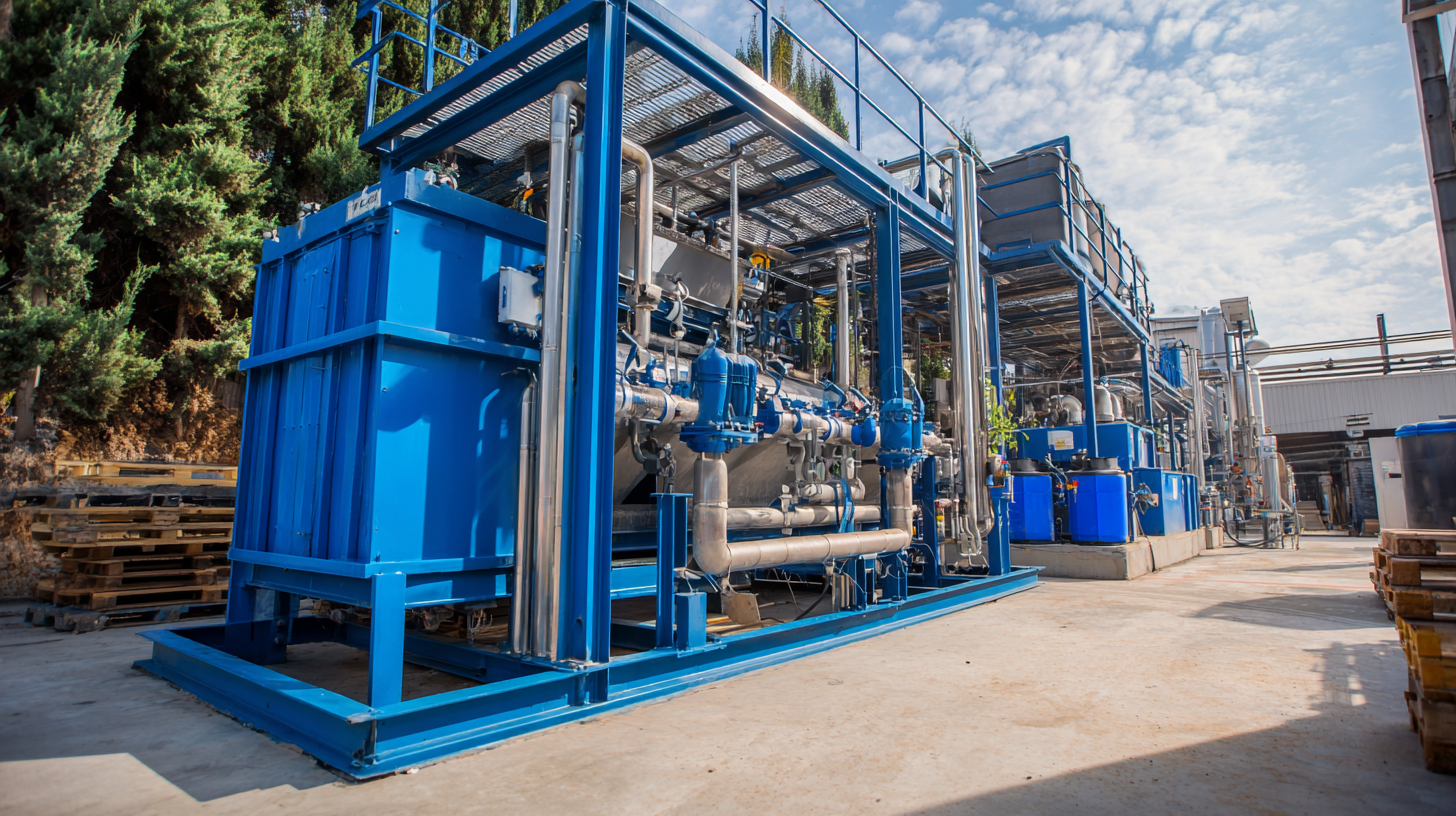
Integrating a rotary drum filter into your wastewater treatment system can significantly enhance its efficiency and effectiveness. To start, assess your existing system and identify specific areas where a rotary drum filter can bring improvements. According to the Water Environment Federation, properly integrating a rotary drum filter can reduce suspended solids by up to 80%, leading to more efficient treatment processes and a lower environmental impact. Highlight the importance of selecting the right mesh size for your filter, as this directly affects filtration performance and operational costs.
**Tips**: Ensure your flow rates match the specifications of the rotary drum filter to prevent overloading, which can compromise the system's effectiveness. Additionally, regular maintenance routines should be established to keep the filter in optimal working condition.
Next, consider the placement of the rotary drum filter within your existing system. Optimal positioning can enhance the flow dynamics and maximize space utilization. Data from the Environmental Protection Agency indicates that properly configured rotary drum filters can decrease energy consumption by 15-20%, lowering operational costs significantly. Testing the system after installation is crucial, allowing for fine-tuning adjustments that ensure the filter meets the desired performance metrics.
**Tips**: Conduct regular water quality tests post-integration to monitor the filter's impact on overall system performance. This practice not only helps in early detection of issues but also assists in tracking improvements in water quality over time.
Maintaining and optimizing a rotary drum filter is crucial for enhancing the efficiency of wastewater treatment systems. According to recent industry reports, improperly maintained filters can lead to operational inefficiencies, potentially increasing energy consumption by up to 30%. Regular inspections and adherence to maintenance best practices can significantly mitigate these risks.
Tips for Maintenance:
One effective practice is to schedule routine cleaning and preventive maintenance, ensuring that the filter mesh is free from blockages and wear. Additionally, monitoring the flow rates and pressures can help detect any issues early on. Data shows that facilities employing predictive maintenance techniques can reduce their overall maintenance costs by approximately 25%.
Operating a rotary drum filter in a wastewater treatment system presents several challenges that can hinder efficiency and effectiveness. One common issue is the accumulation of debris and sludge on the filter surface, leading to reduced filtration capabilities and increased maintenance requirements. To address this, regular cleaning schedules should be established, employing both manual and automated systems to ensure optimal functionality. Additionally, adjusting the backwashing frequency can help remove built-up materials and prolong the lifespan of the filter.
Another challenge faced in rotary drum filter operations is the fluctuation of influent quality, which can impact the system’s performance. Variations in flow rate and the concentration of contaminants may lead to overloading the filtration capacity. A solution to this problem is the implementation of pre-treatment processes, such as screening or biological treatment, to stabilize the influent quality before it reaches the rotary drum. By understanding these common challenges and applying targeted solutions, operators can significantly enhance the efficiency and reliability of their wastewater treatment systems.
